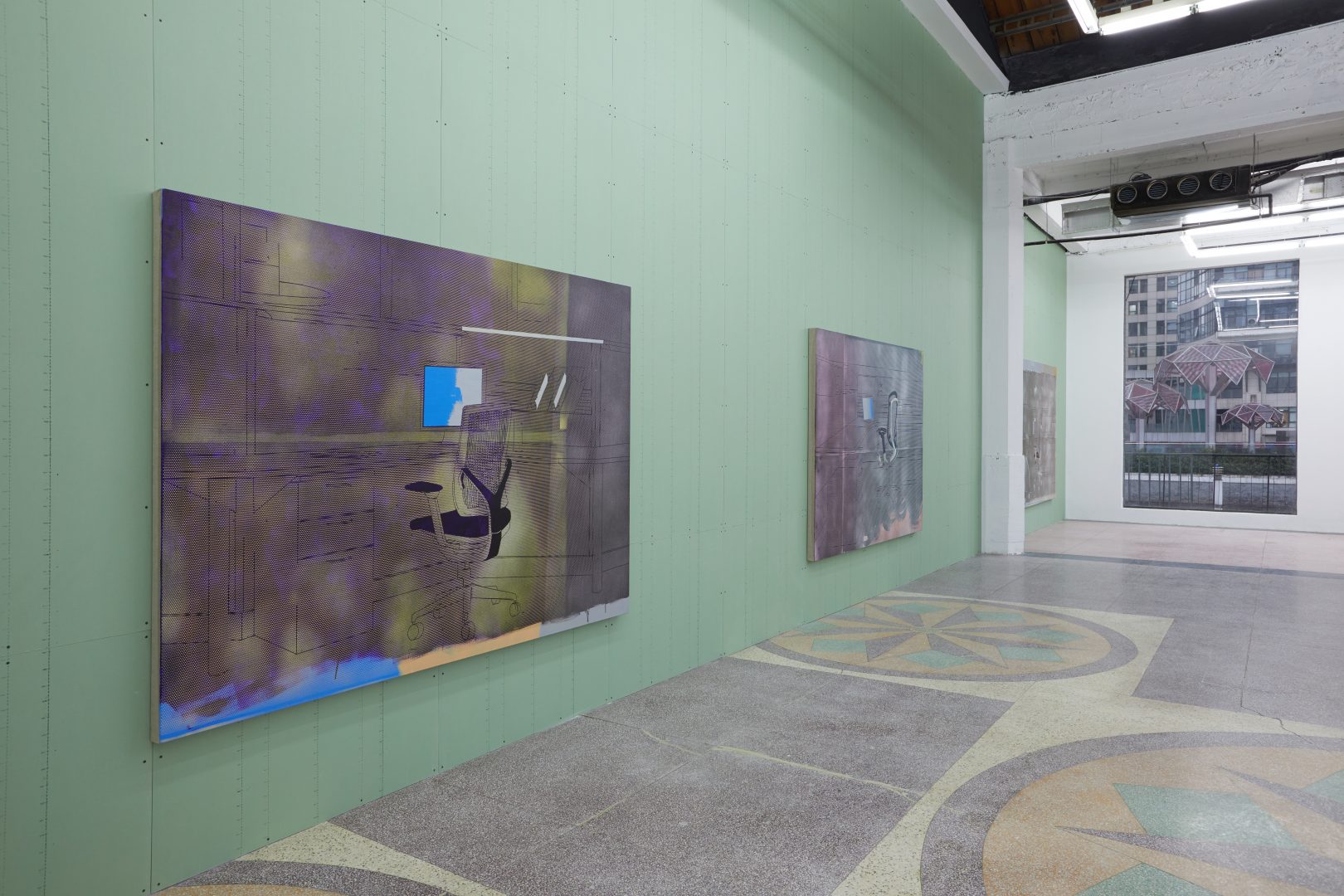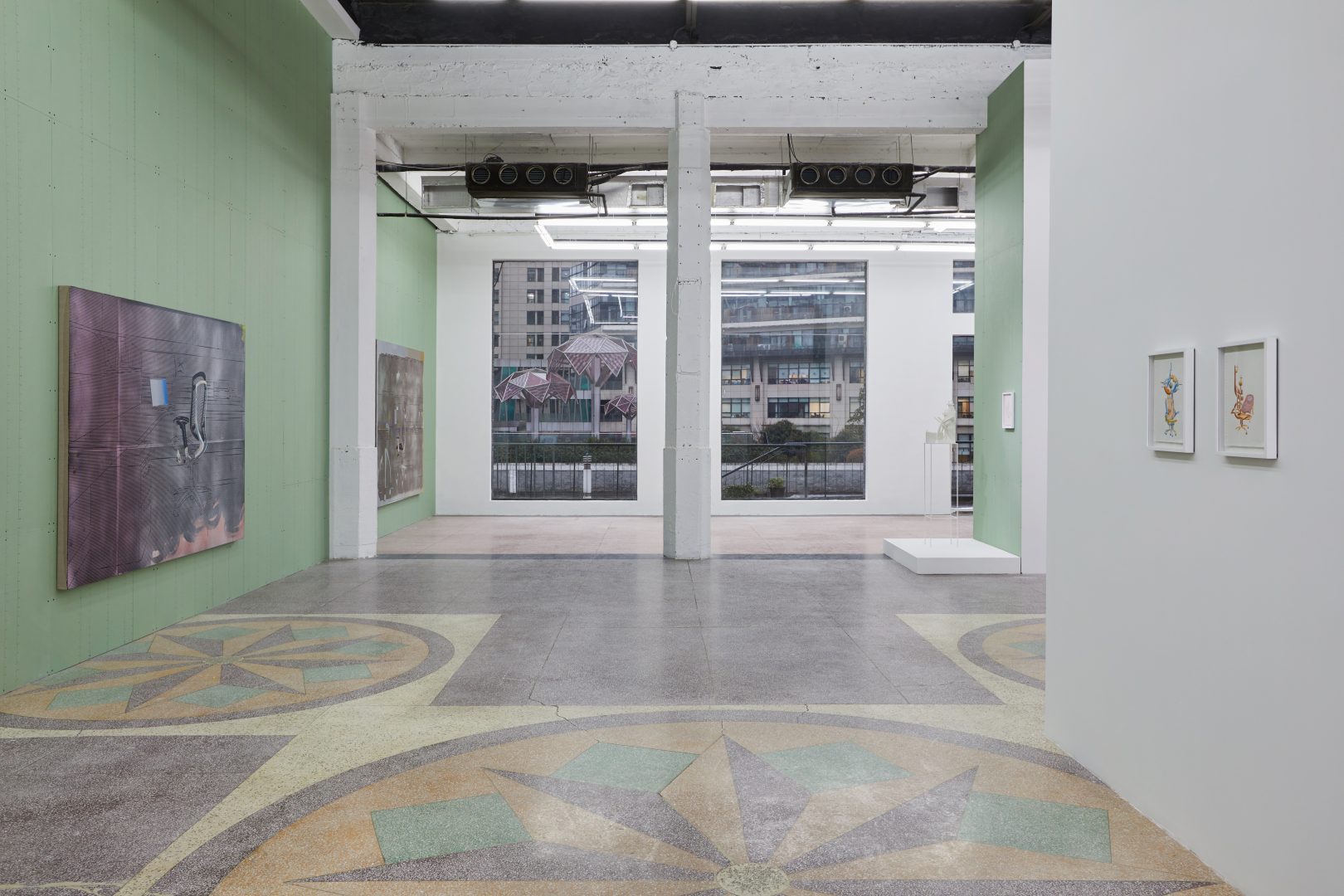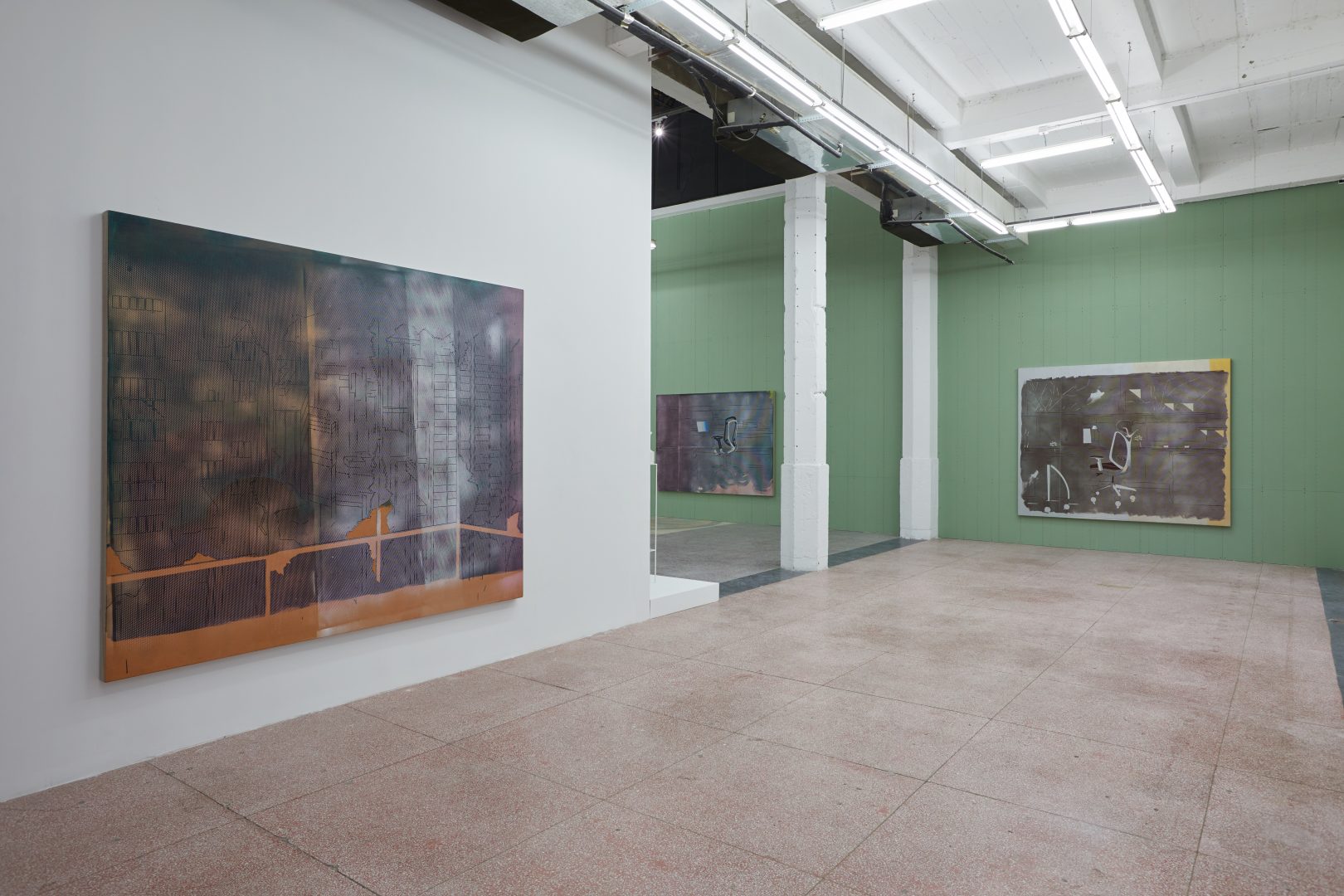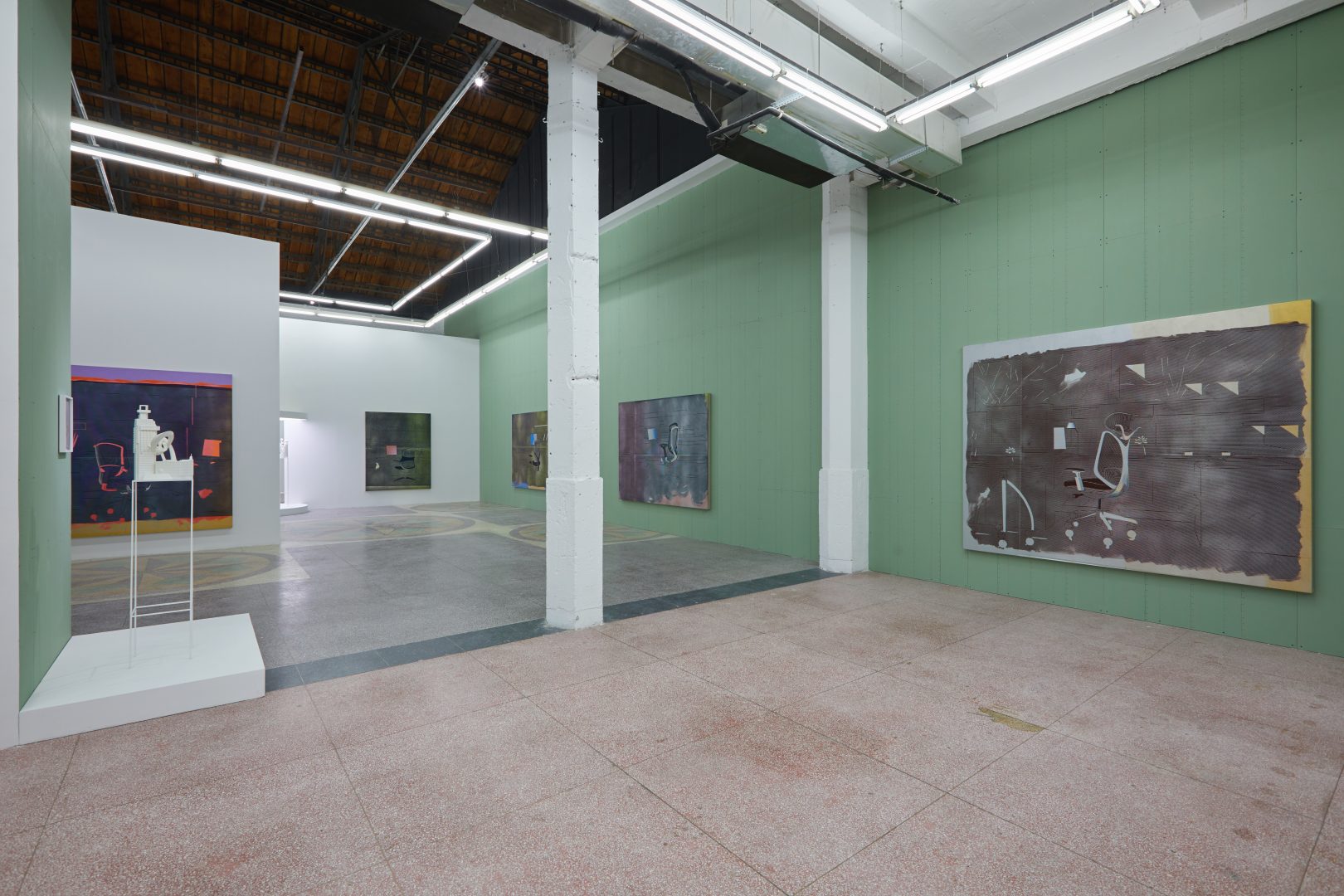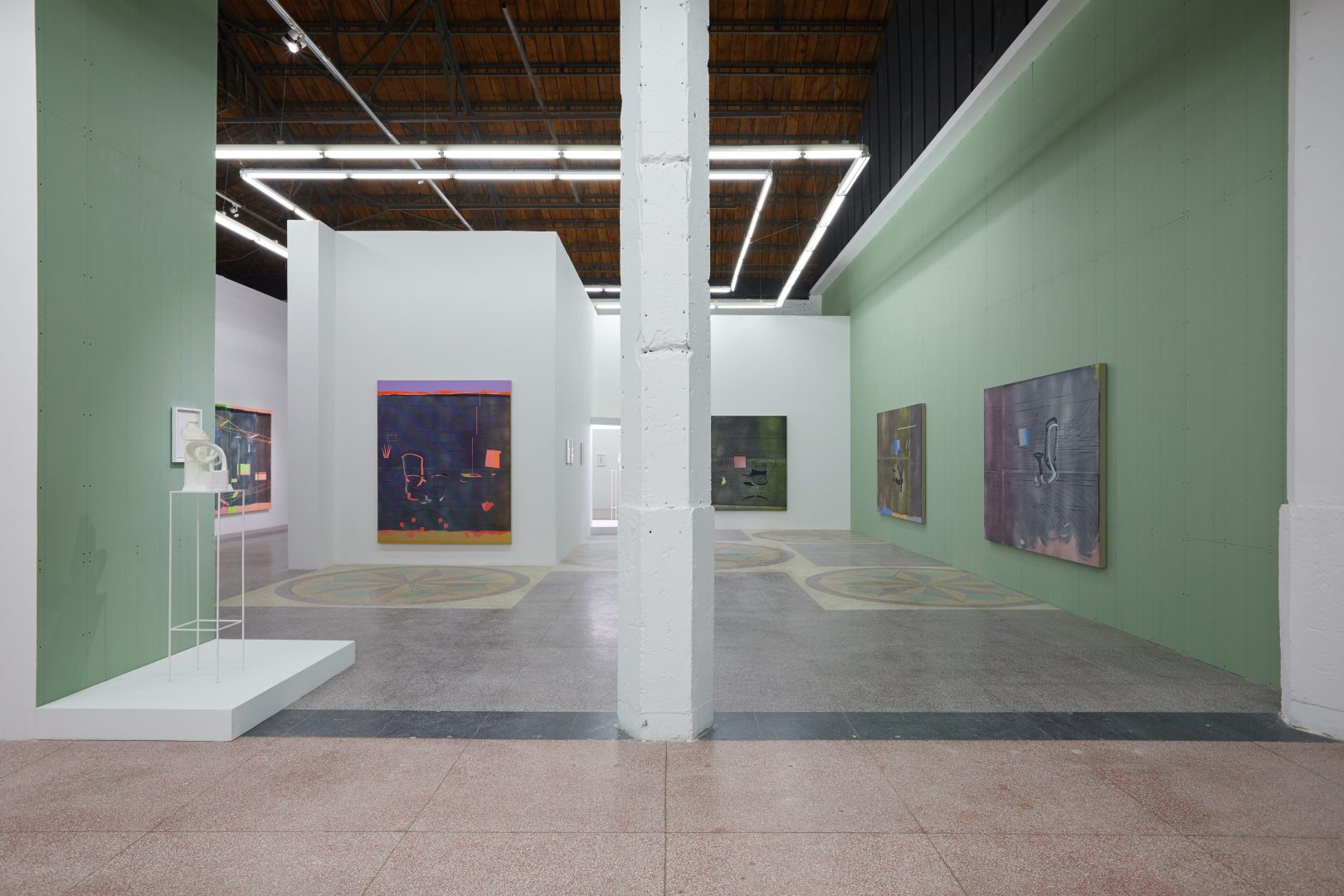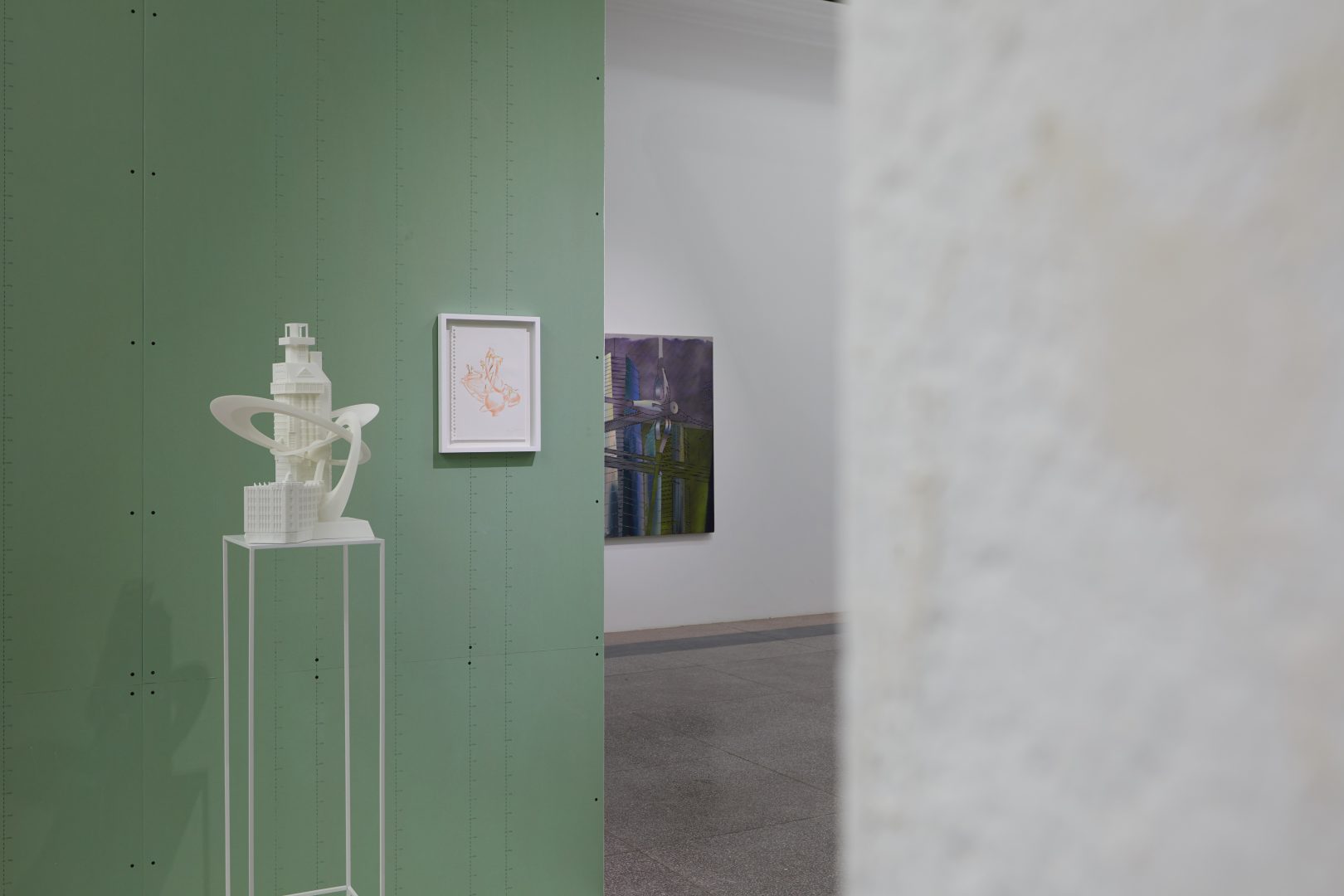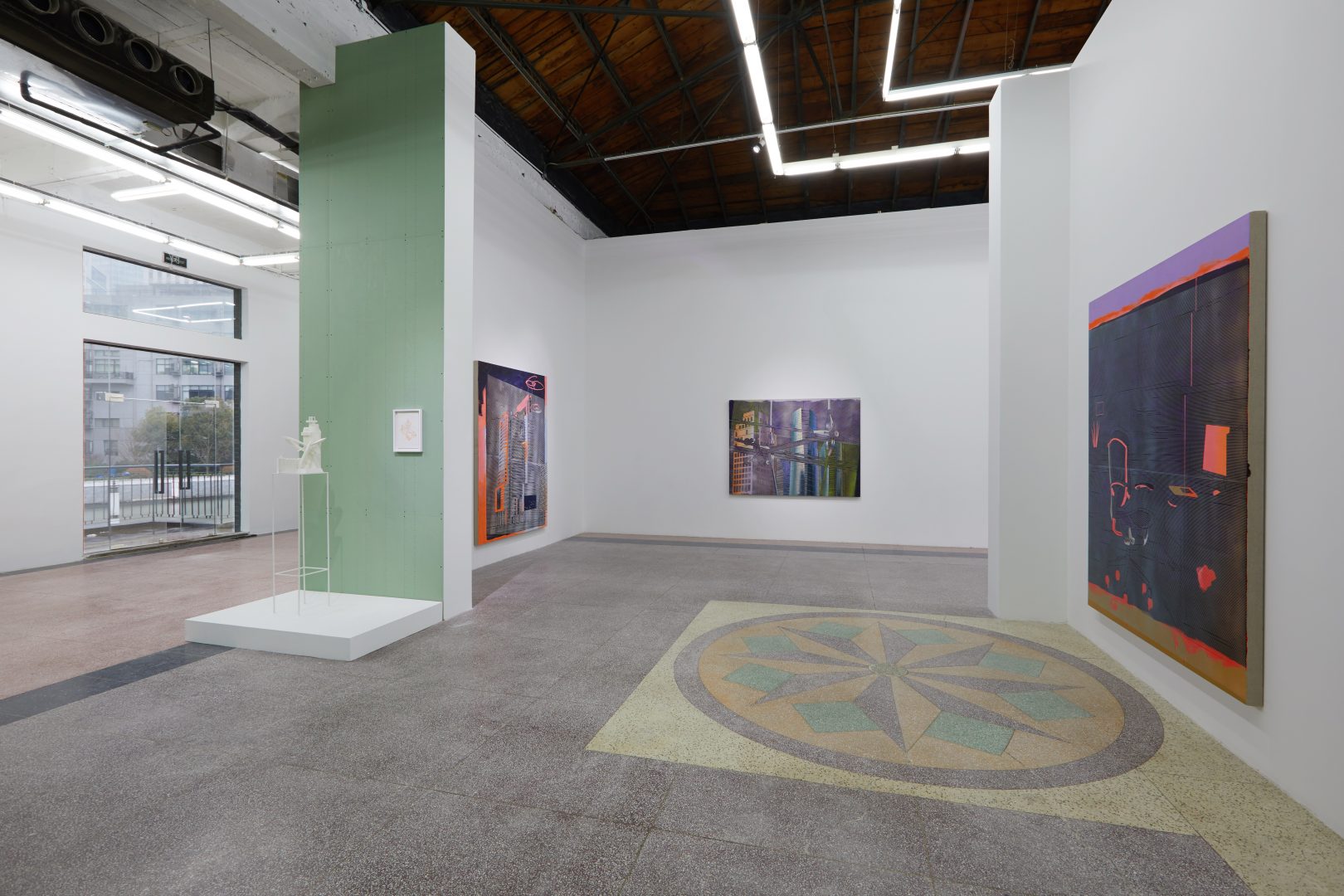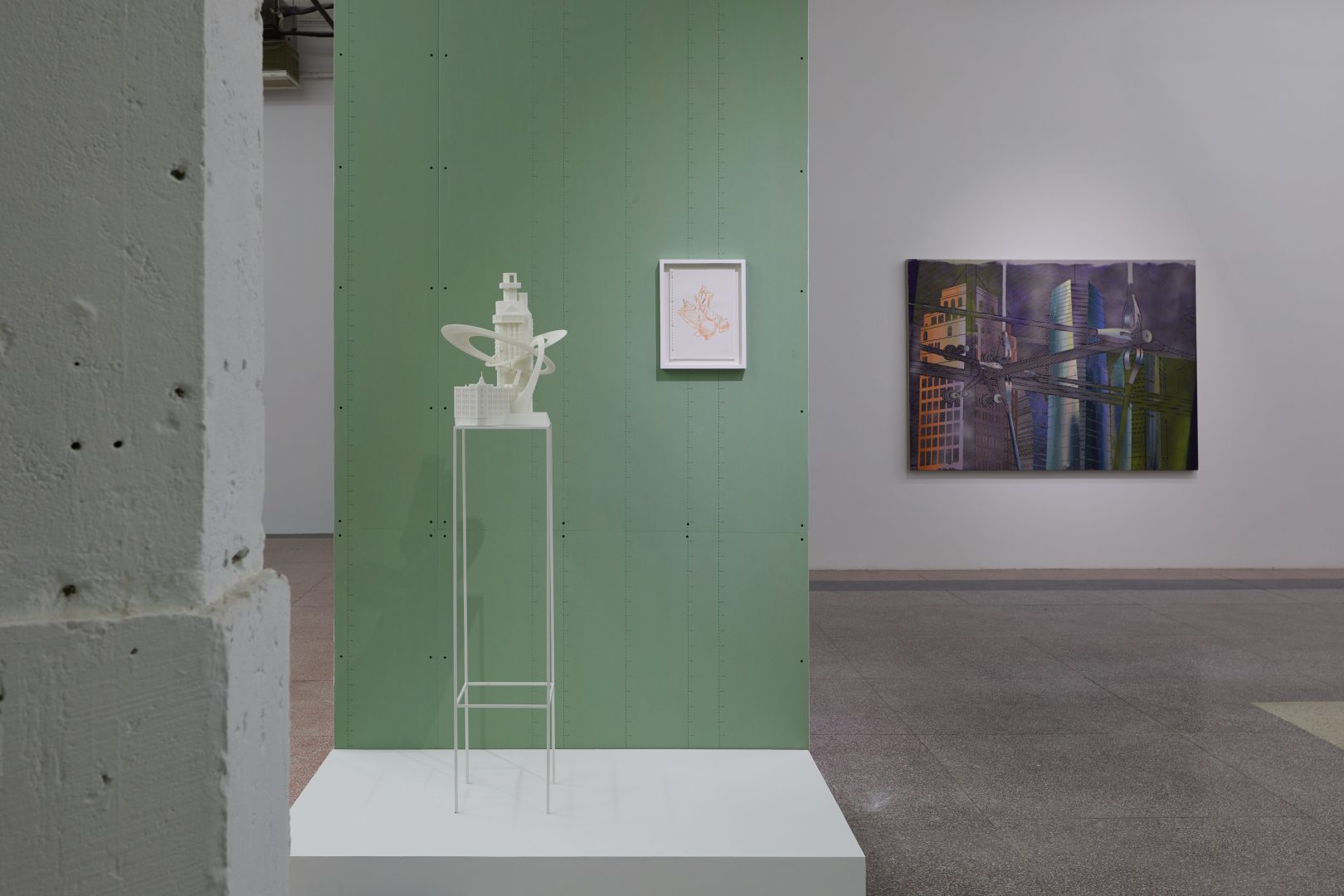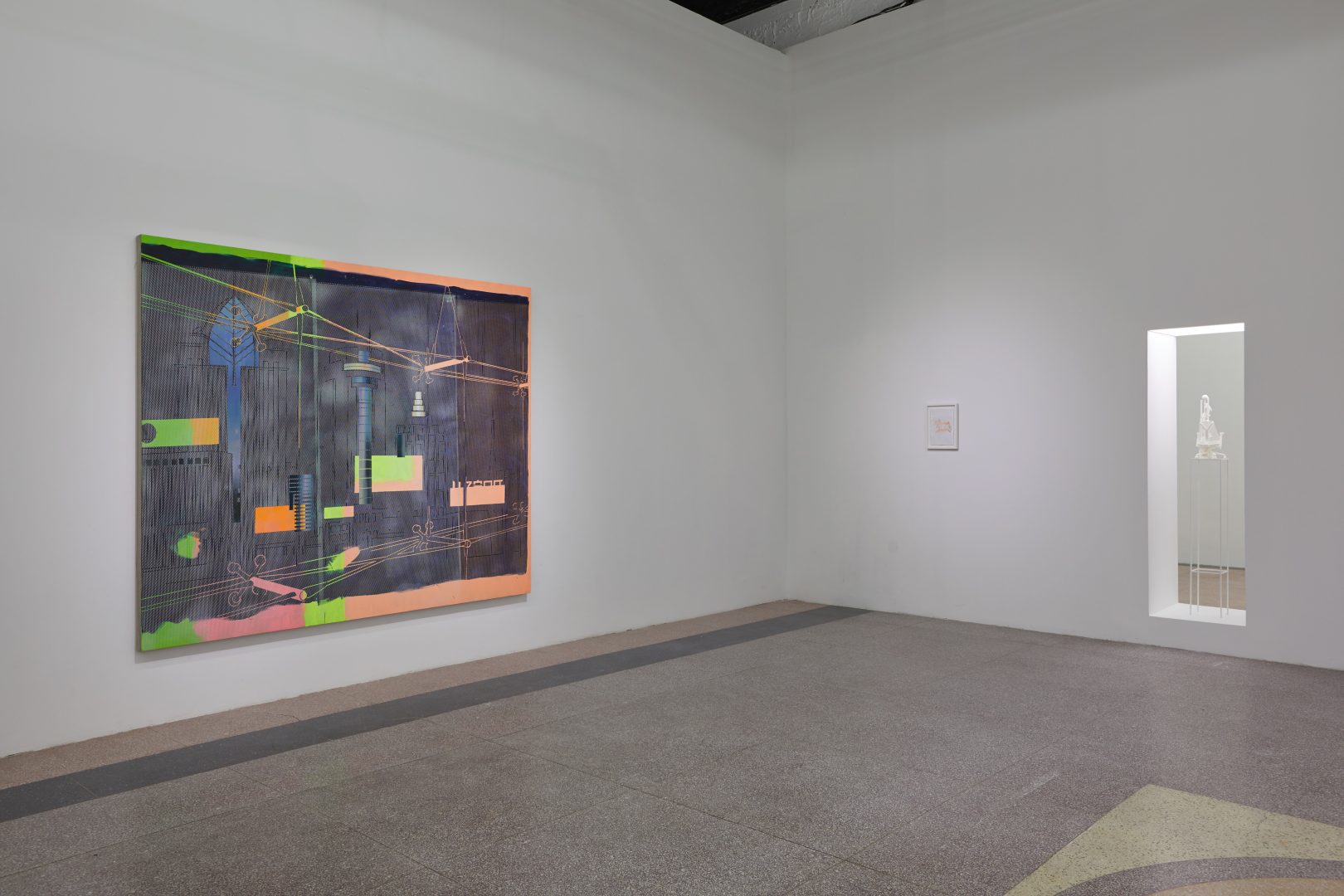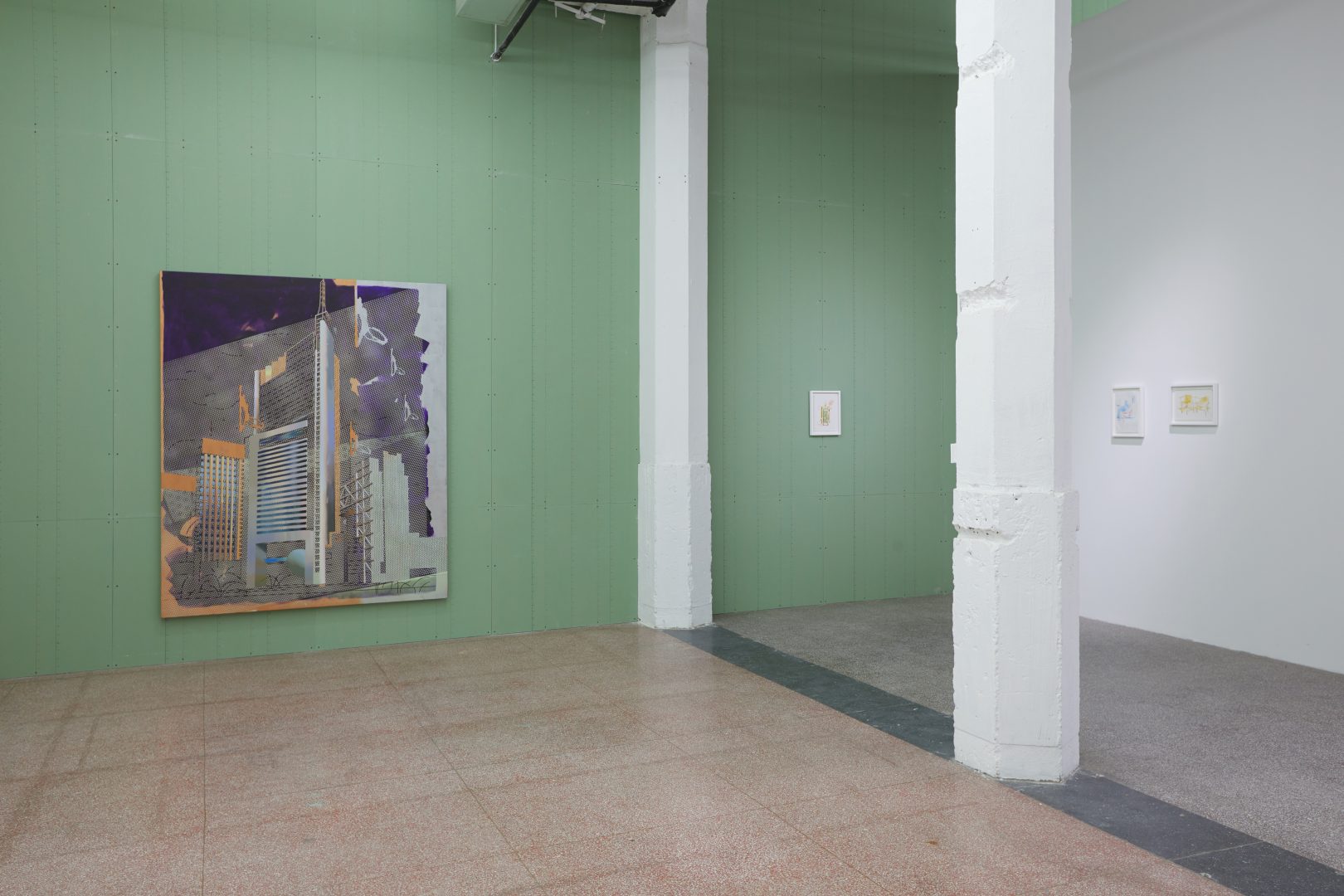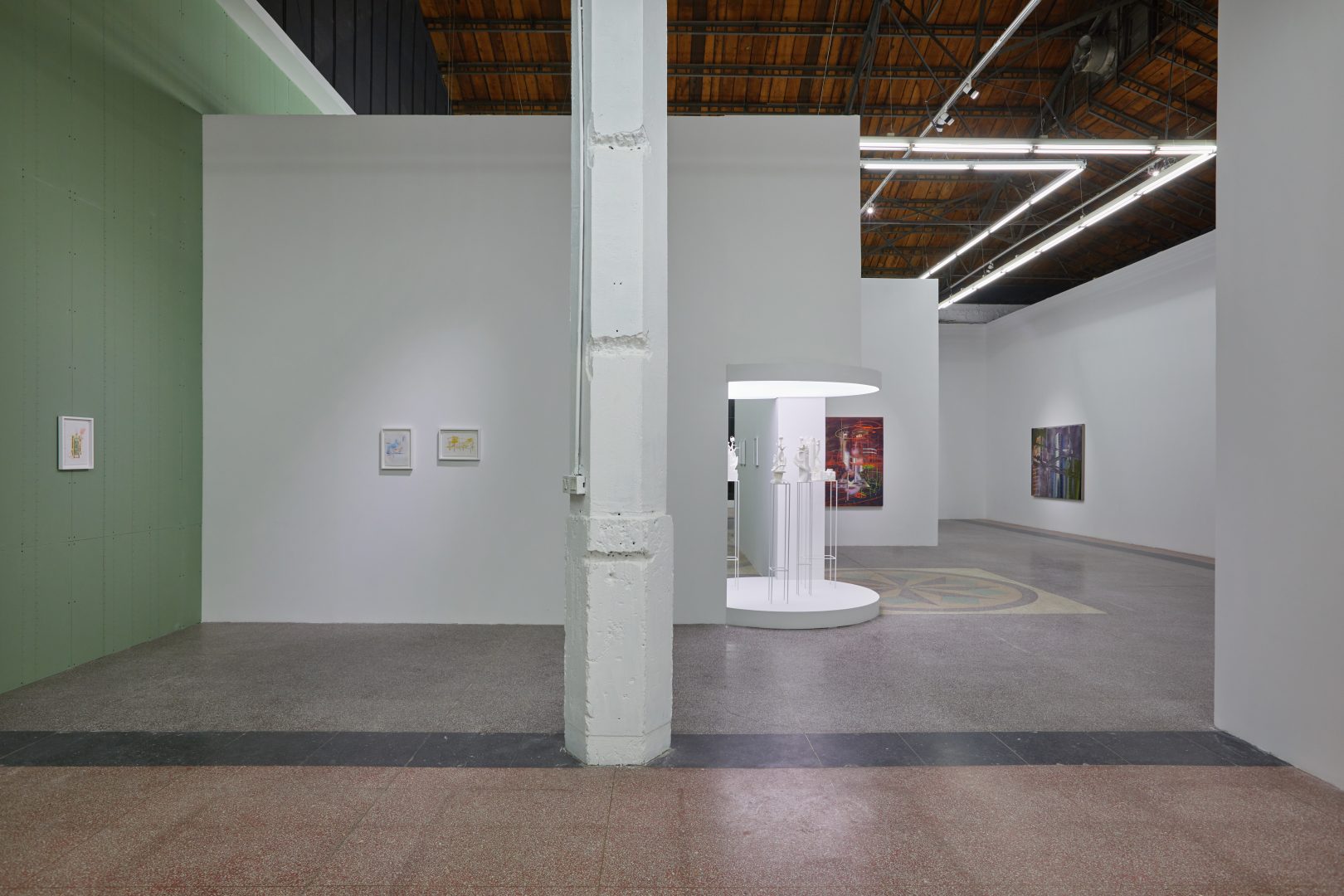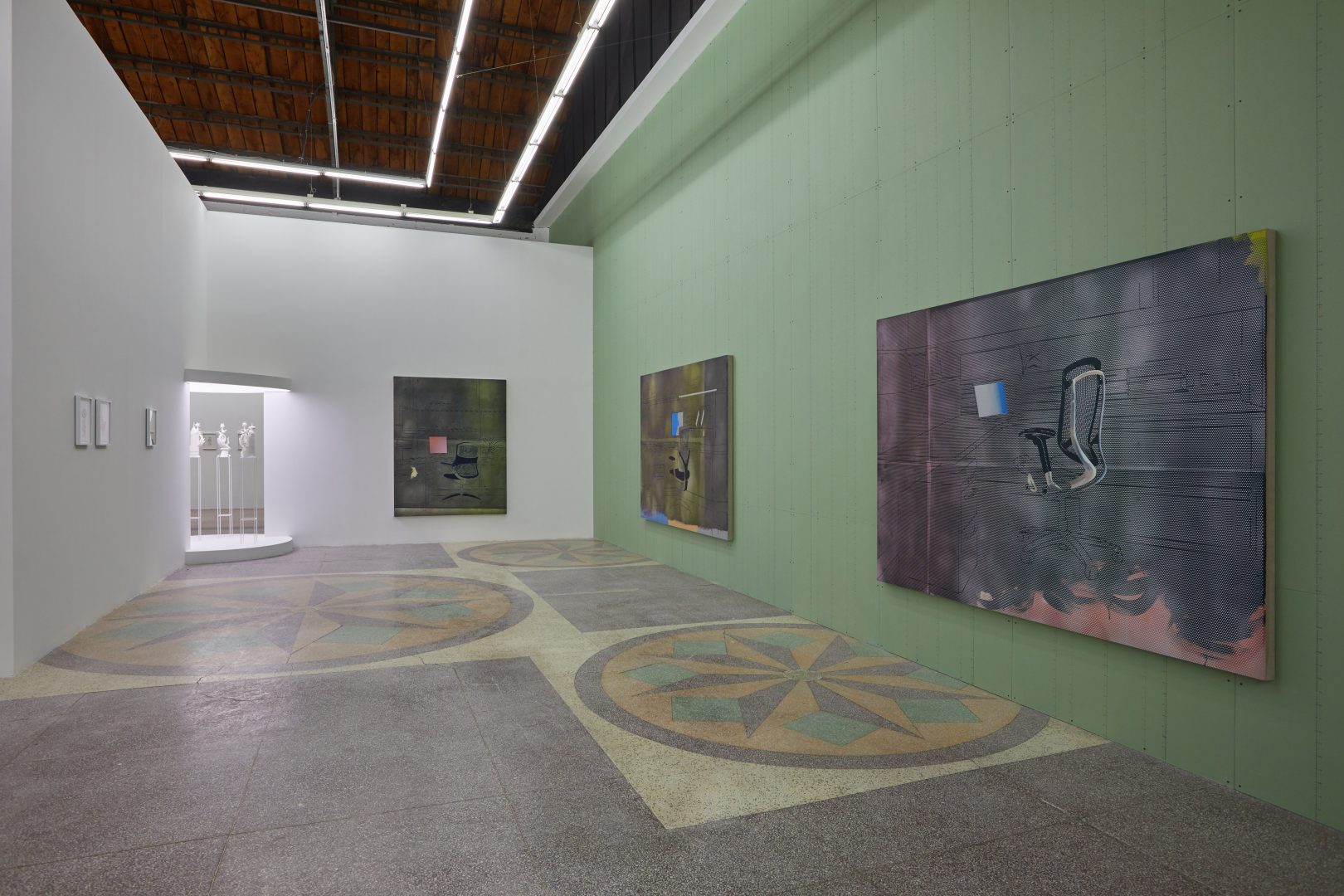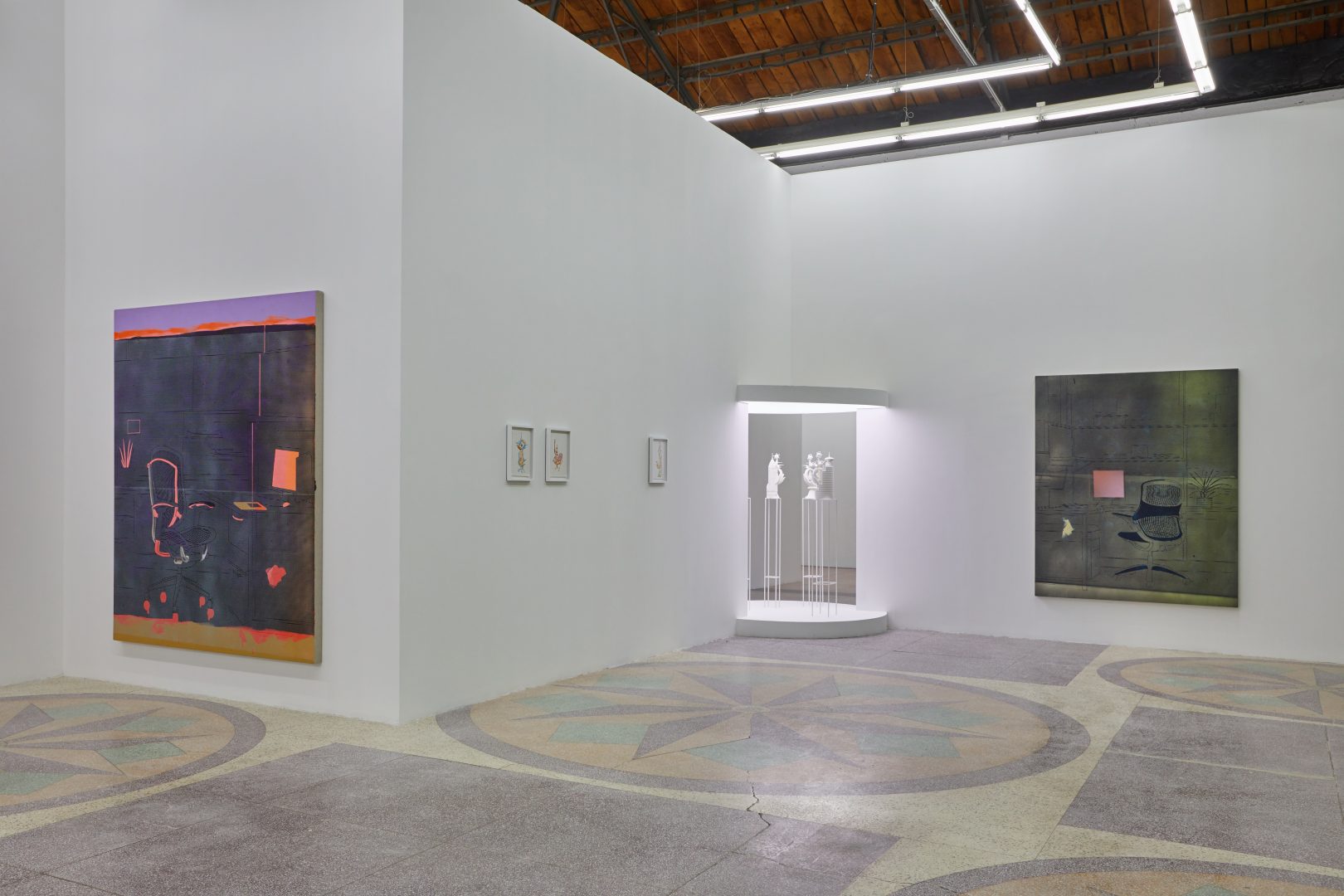2019.03.22 – 2019.05.15
Cui Jie:To Make a Good chair
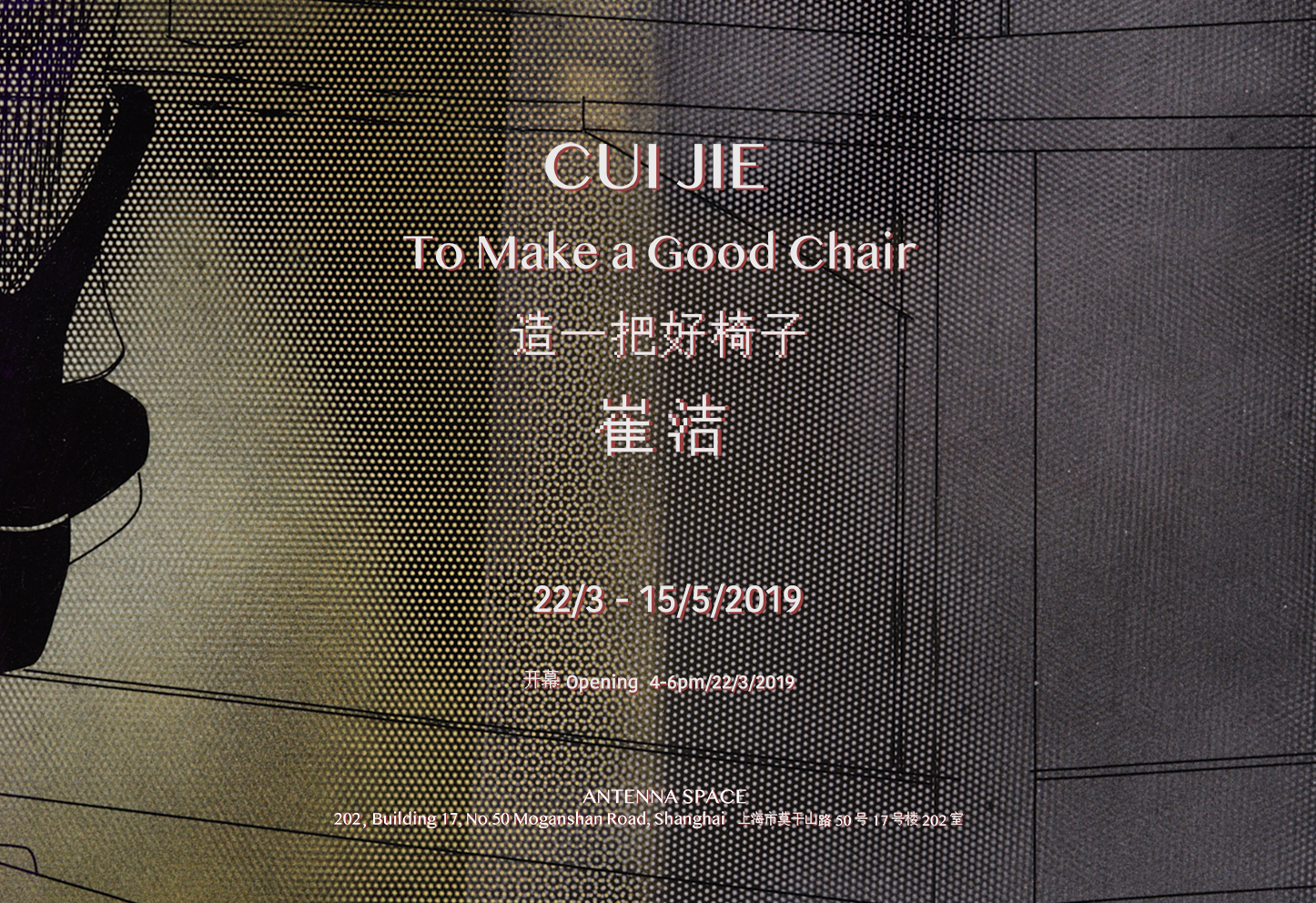
“To make a good chair” is a dictum in the Bauhaus period. Earlier in 1917, Dutch De Stijl architect Gerrit Thomas Rietveld designed the famous Red Blue Chair, its coloured planes remind the paintings by Piet Mondrian, who was also a De Stijl artist. In the 30s, Finnish architect Alvar Aalto and designer Aino Marsio designed Armchair 41 Paimio after 5 years of experiments on wood bending. The chair was inspired by the Bauhaus architect Marcel Breuer’s 1925 design of Wassily Chair, named after the painter Wassily Kandinsky. Taking into consideration of the tormented bodies in tuberculosis sanatoria, Aalto substituted Breuer’s frigid steel tubes with steamed birchwood. Leave alone the kinship between Red Blue Chair and Wassily Chair, the lounge chair designed by Corbusier and Charlotte Perri and as well as more recent examples such as Frank Gehry’s cardboard Wiggle side chair are all under the same inflfluence. Architectural historian Peter Smithson noted acutely that the chair had played a role in forecasting revolutionary movements in architecture. He once said there’s something peculiar about the chair that enables it to fashion new styles overnight, as if haunted by ghosts. Apparently, there’s the abstract concept of the human body embedded in this particular, intangible element, about which Nietzsche used to say that nobody has determined yet what the body is capable of. The architect sees huge potentials in that, any two kinds of unbalanced forces can form a body. The chair is highly conceptualized, and it seems that one can only sit when they at
gravity-free condition. Contrary to this separative relationship, ergonomic chairs are the prostheses that are reconstituting the body, from the delay of fatigue resulted by body postures, to the adjustments of arms and eyes, a whole set of technology is establishing the semiotic system of ergonomics, and the body without gravity is taken captive by ergonomics (etymology: Greek“ergon”(work) +“nomoi”(natural law), or is understood as“human factors”), even our imagination of the future is penetrated by it: chairs in sci-fifi movies are radical expressions of ergonomics. The chair mutates, with the tensions from architecture and ergonomics, and the body cannot sit.Perhaps painters have long been aware of it. In Gauguin’s Chair and Van Gogh’s Chair painted by Vincent Van Gogh, a burning candle sits in for the absent body of Gauguin, and the body of Van Gogh himself is just as an unlit pipe on the chair. Pollock simply got up from the chair, bent down to the canvas and started splashing paint. Architecture and painting are nothing more than agame started around the chair.
Cui Jie’s solo exhibition”To make a good chair”unfolds from a unique perspective of Chinese traditional garden landscape.Mainly featuring the newly works of paintings and sculptures, Cui’s recent creation focuses on the subtle connection betweenarchitecture, chair and human body.
Installation Views
Artworks
-

Cui Jie, China Telecom Building, 2019
Acrylic and Spray Paint on Canvas
220 x 180 cm作品信息Information -

Cui jie, China Telecom Building 2, 2019
Acrylic and Spray Paint on Canvas
220 x 180 cm作品信息Information -

Cui Jie, Contessa2ll Chair, 2019
Acrylic and Spray Paint on Canvas
180 x 250 cm作品信息Information -

Cui Jie, Office, 2019
Acrylic and Spray Paint on Canvas
180 x 250 cm作品信息Information -
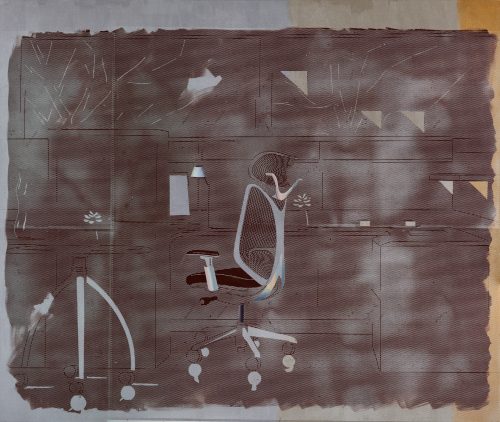
Cui Jie, Sabrina Chair, 2019
Acrylic and Spray Paint on Canvas
210 x 250 cm作品信息Information -
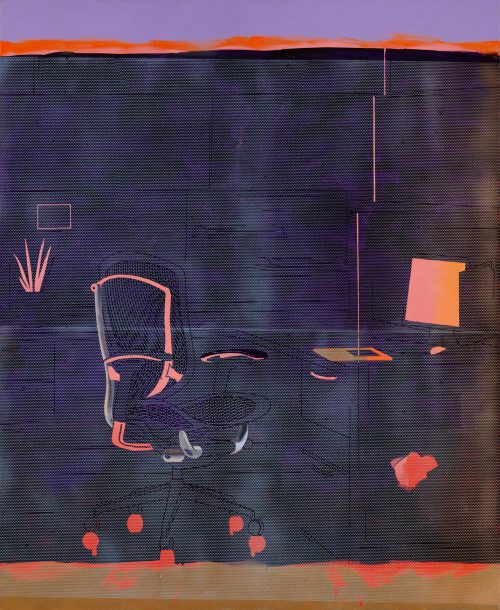
Cui Jie, Contessa2ll Chair 2, 2019
Acrylic and Spray Paint on Canvas
220 x 180 cm作品信息Information -
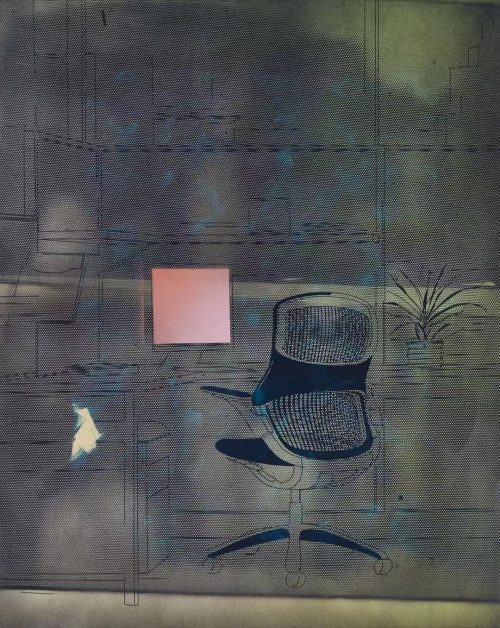
Cui Jie, Generation Work Chair, 2019
Acrylic and Spray Paint on Canvas
200 x 160 cm作品信息Information -
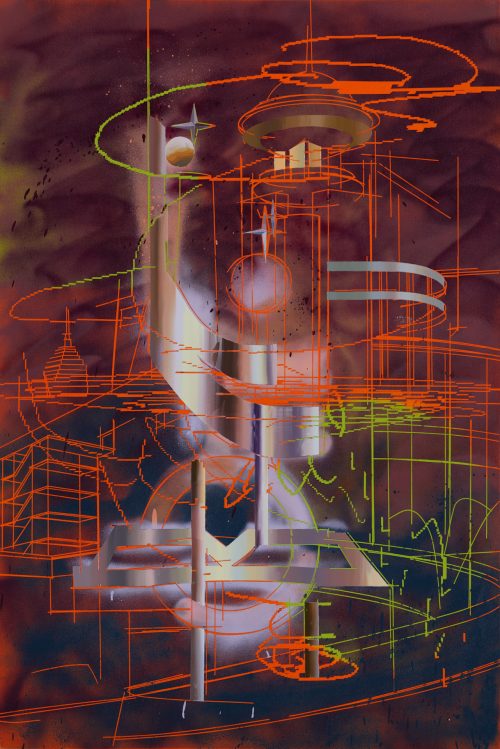
Cui Jie, Radisson Blu Hotel Shanghai, 2019
Acrylic and Spray Paint on Canvas
150 x 100 cm作品信息Information -
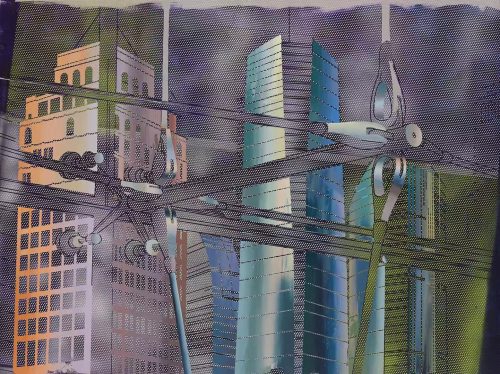
Cui Jie, Steel Pulling Glass Curtain Wall, 2019
Acrylic and Spray Paint on Canvas
150 x 200 cm作品信息Information -
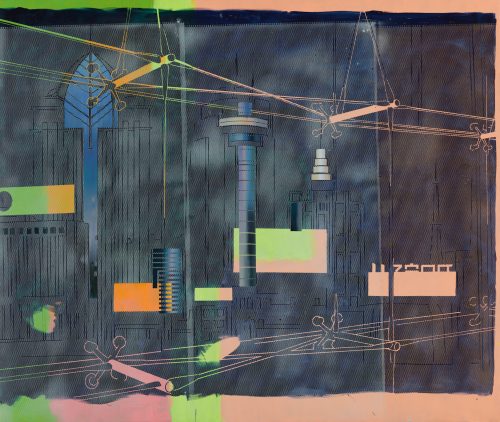
Cui Jie, Steel Pulling Glass Curtain Wall 2, 2019
Acrylic and Spray Paint on Canvas
210 x 250 cm作品信息Information -
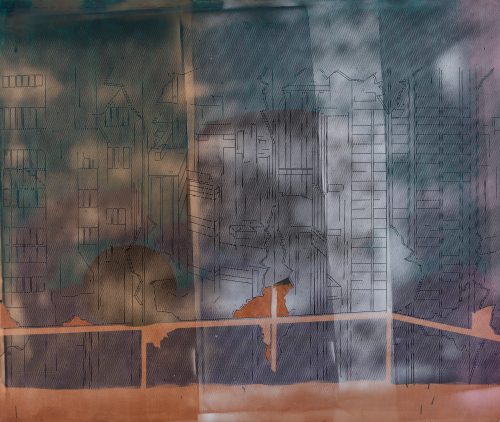
Cui Jie, Glass Curtain Wall, 2019
Acrylic and Spray Paint on Canvas
210 x 250 cm作品信息Information -

Cui Jie, Untitled, 2017
Color Pencil on Paper
36.2 × 27.5 cm作品信息Information -
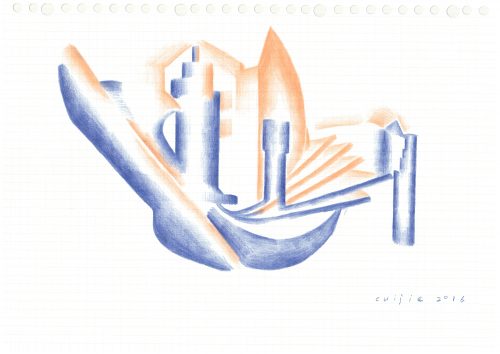
Cui Jie, Untitled, 2016
Color Pencil on Paper
27.5 × 36.2 cm作品信息Information -
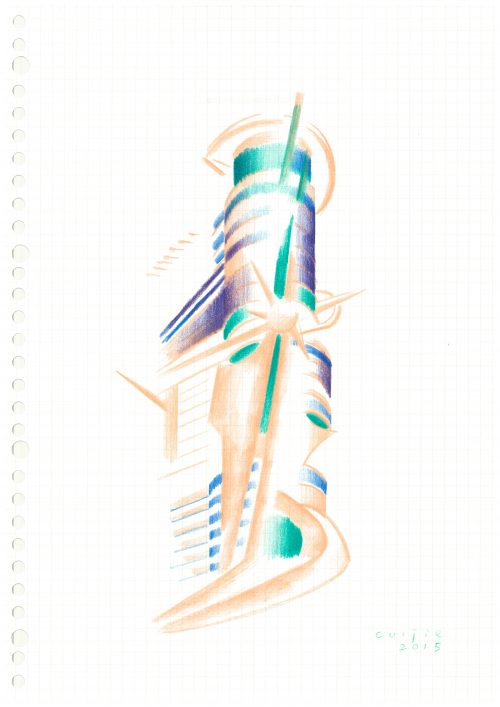
Cui Jie, Untitled, 2015
Color Pencil on Paper
36.2 × 27.5 cm作品信息Information -
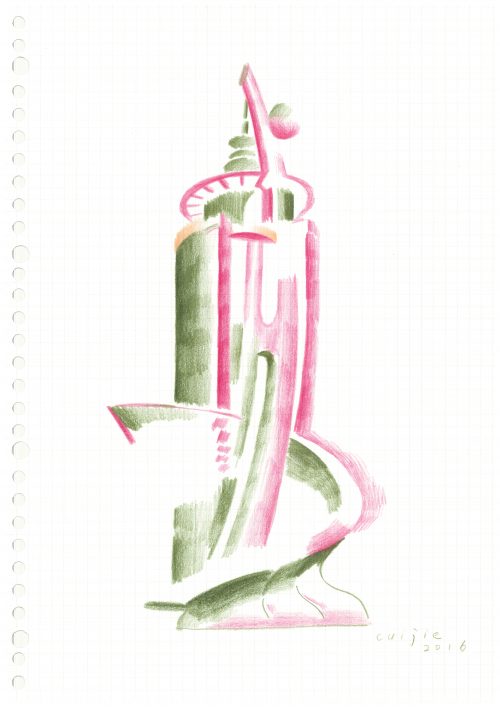
Cui Jie, Untitled, 2016
Color Pencil on Paper
36.2 × 27.5 cm作品信息Information -

Cui Jie, Untitled, 2016
Color Pencil on Paper
36.2 × 27.5 cm作品信息Information -
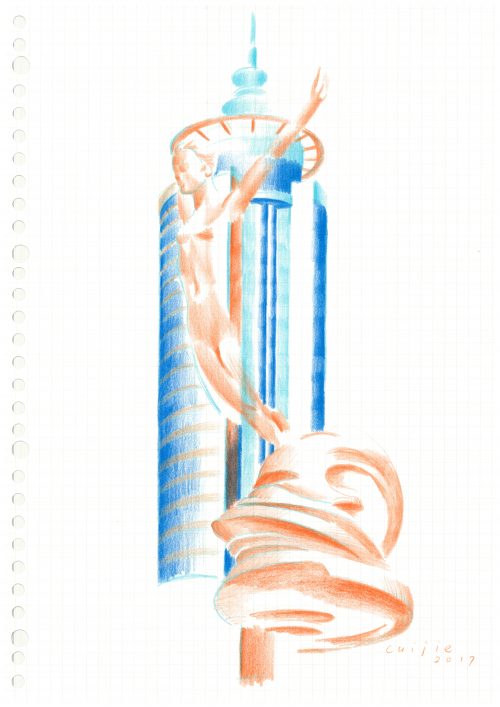
Cui Jie, Untitled, 2017
Color Pencil on Paper
36.2 × 27.5 cm作品信息Information -
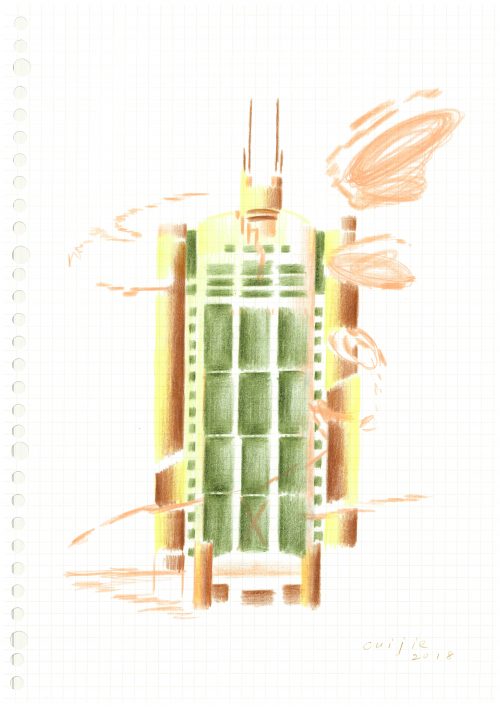
Cui Jie, Untitled, 2018
Color Pencil on Paper
36.2 × 27.5 cm作品信息Information -
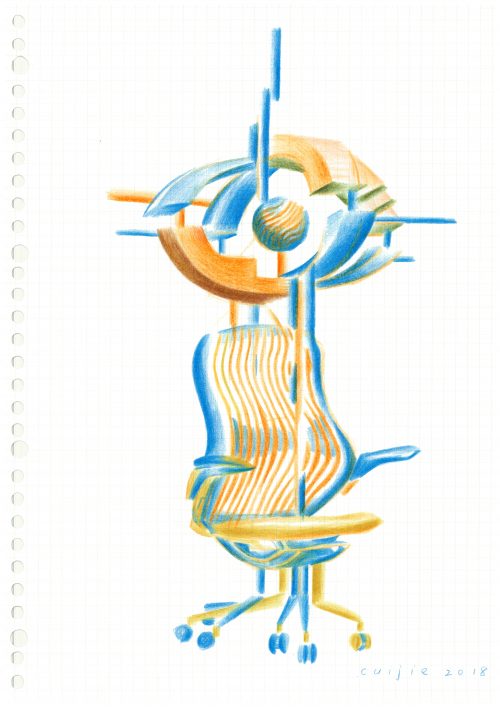
Cui jie, Untitled, 2018
Color Pencil on Paper
36.2 × 27.5 cm作品信息Information -
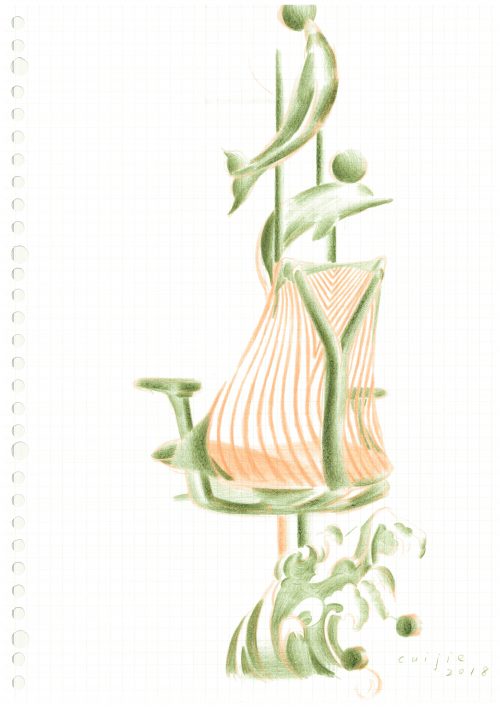
Cui Jie, Untitled, 2018
Color Pencil on Paper
36.2 × 27.5 cm作品信息Information -
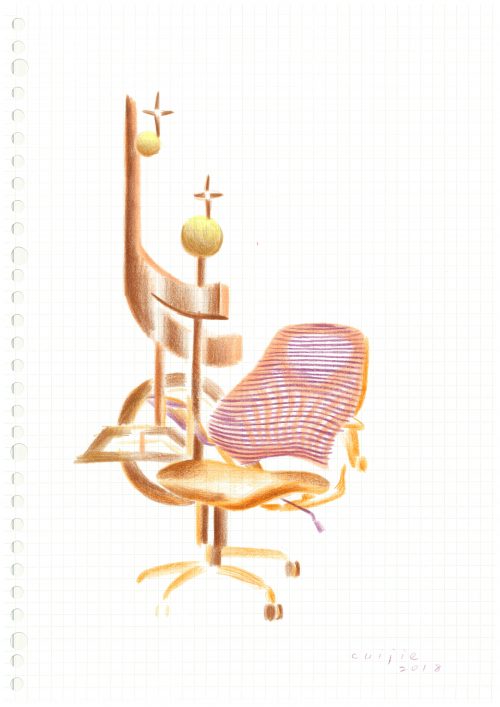
Cui Jie, Untitled, 2018
Color Pencil on Paper
36.2 × 27.5 cm作品信息Information -
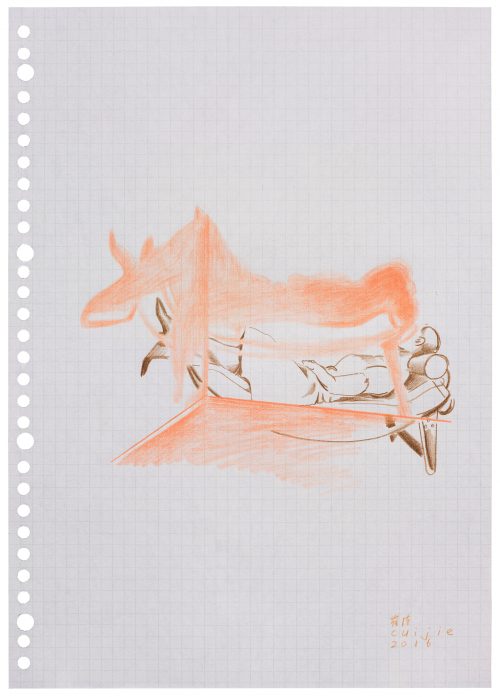
Cui Jie, Untitled, 2016
Color Pencil on Paper
36.2 × 27.5 cm作品信息Information -
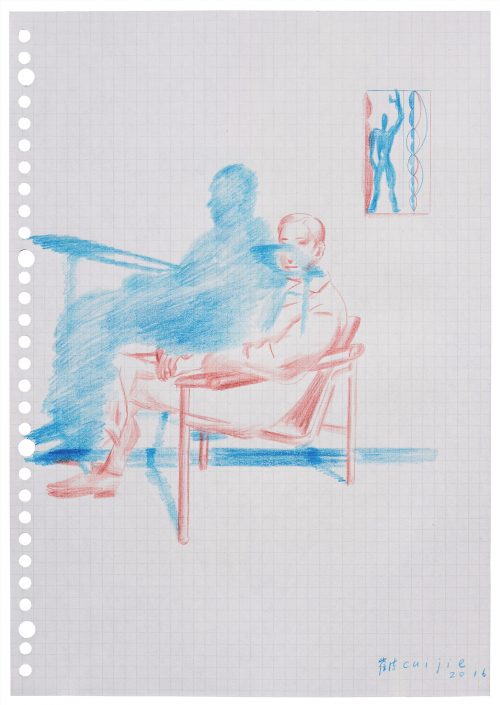
Cui Jie, Untitled, 2016
Color Pencil on Paper
36.2 × 27.5 cm作品信息Information -
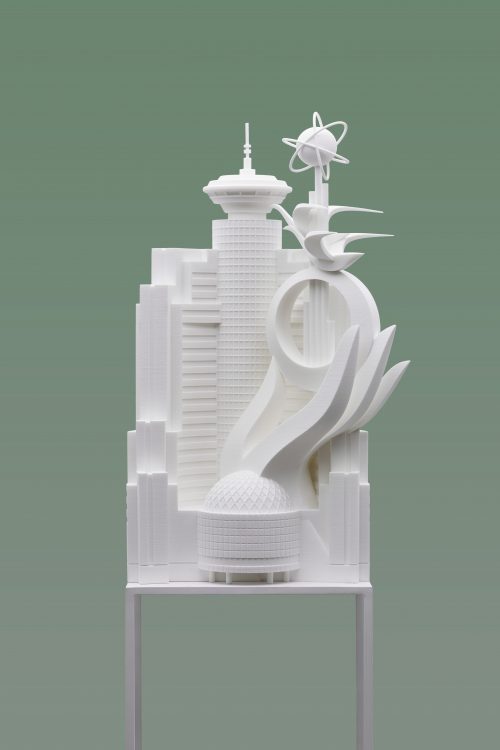
Cui jie, Shanghai Brodcasting Building, 2019
3D Printing
30 × 18 × 45 cm
2019作品信息Information -
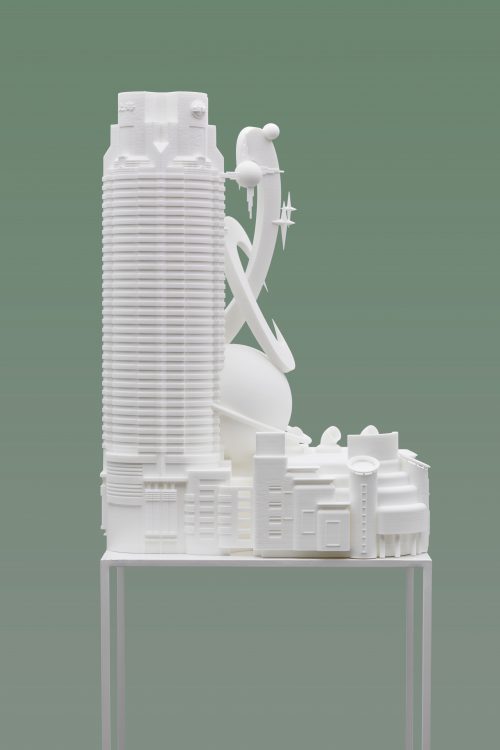
Cui Jie, Shanghai Industrial Building, 2019
3D Printing
25 × 32 × 46 cm作品信息Information -
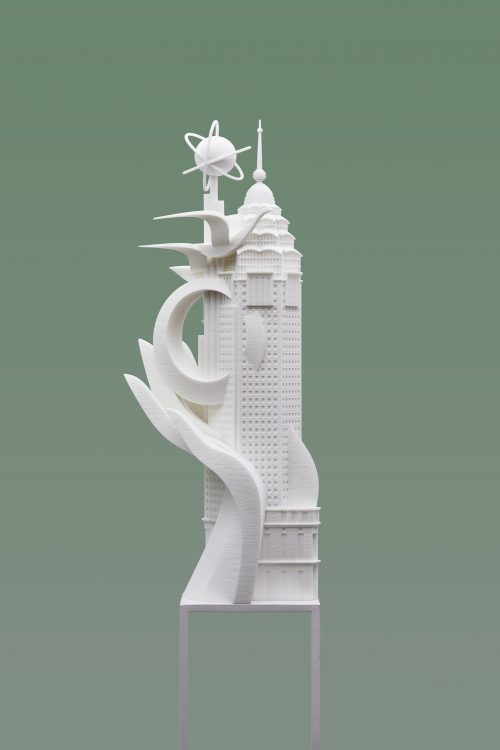
Cui Jie, Shanghai Light Building, 2019
3D Printing
20 × 13 × 46 cm作品信息Information -
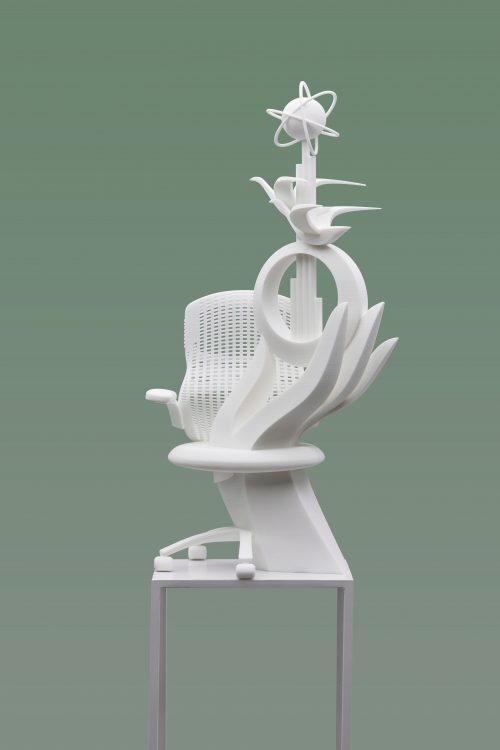
Cui Jie, Generation Work Chair, 2019
3D Printing
23 × 15 × 46 cm作品信息Information -
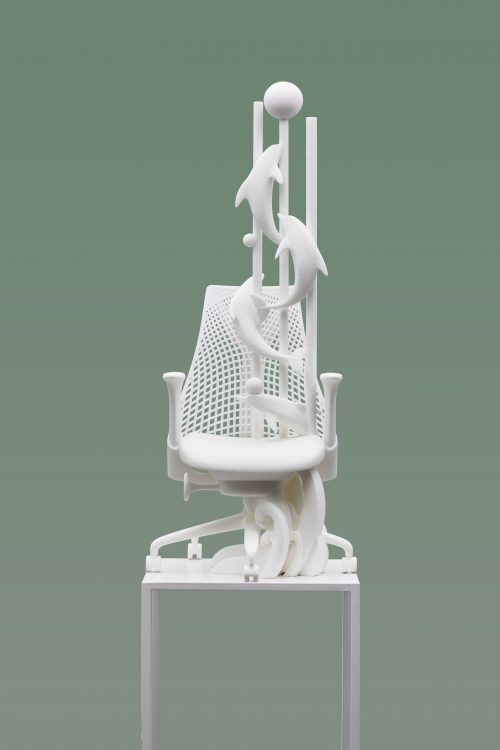
Cui Jie, Sayl Chair, 2019
3D Printing
19 × 18 × 45 cm作品信息Information -
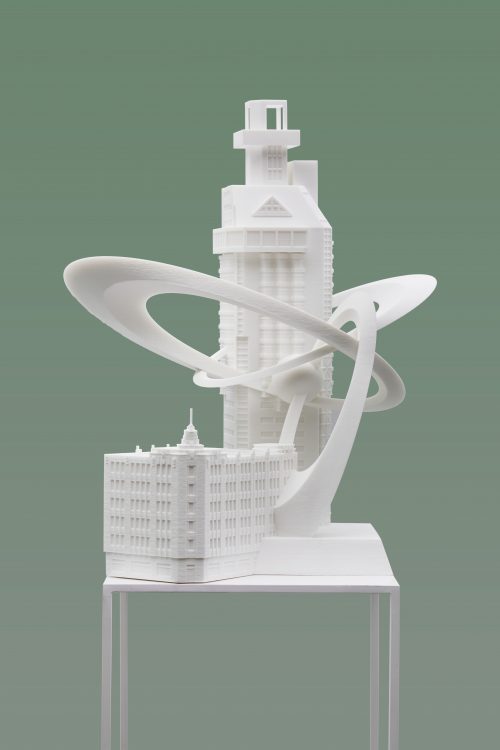
Cui Jie, Shanghai East China Electric power Building 2, 2019
3D Printing
38 × 30 × 45 cm作品信息Information
